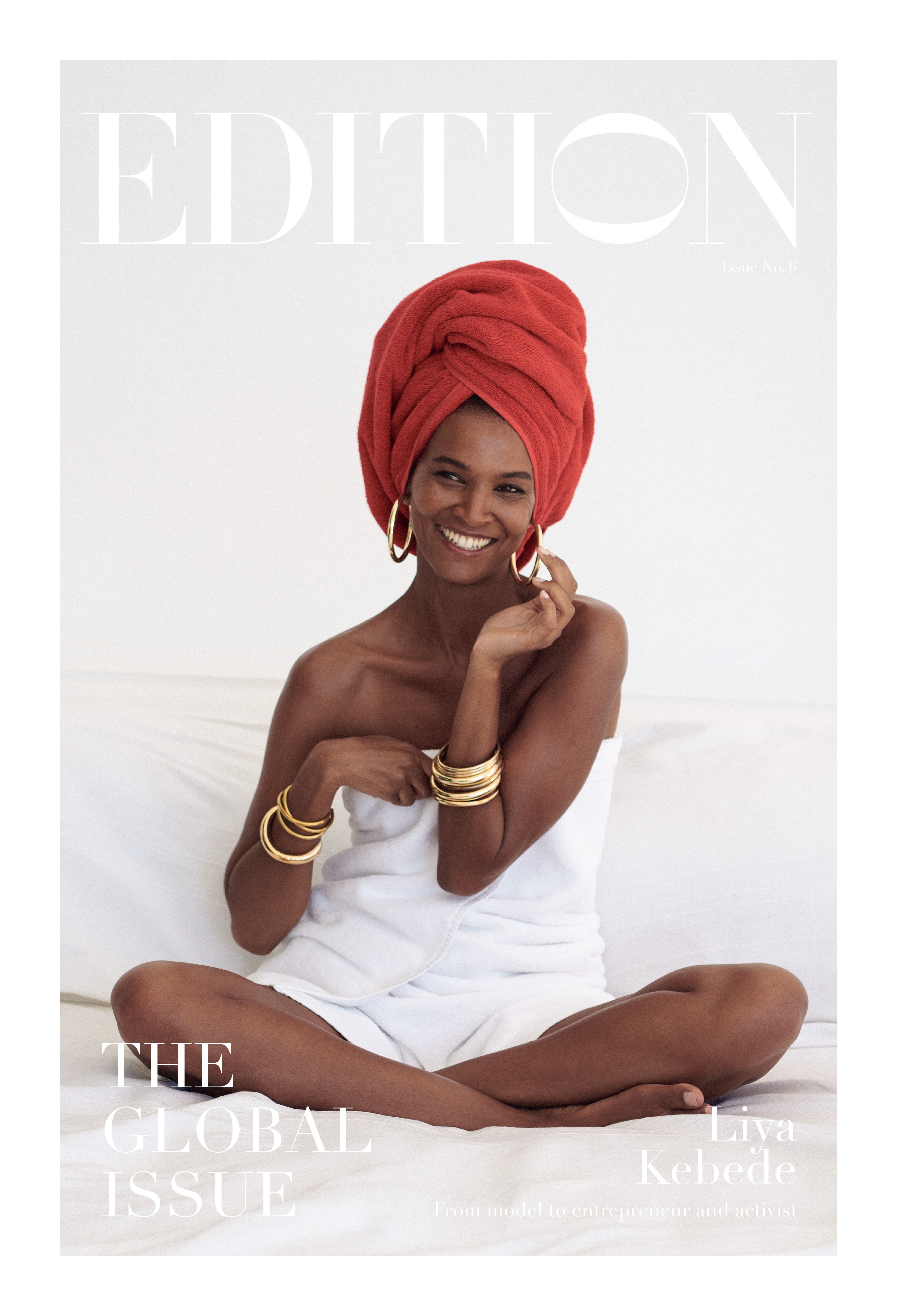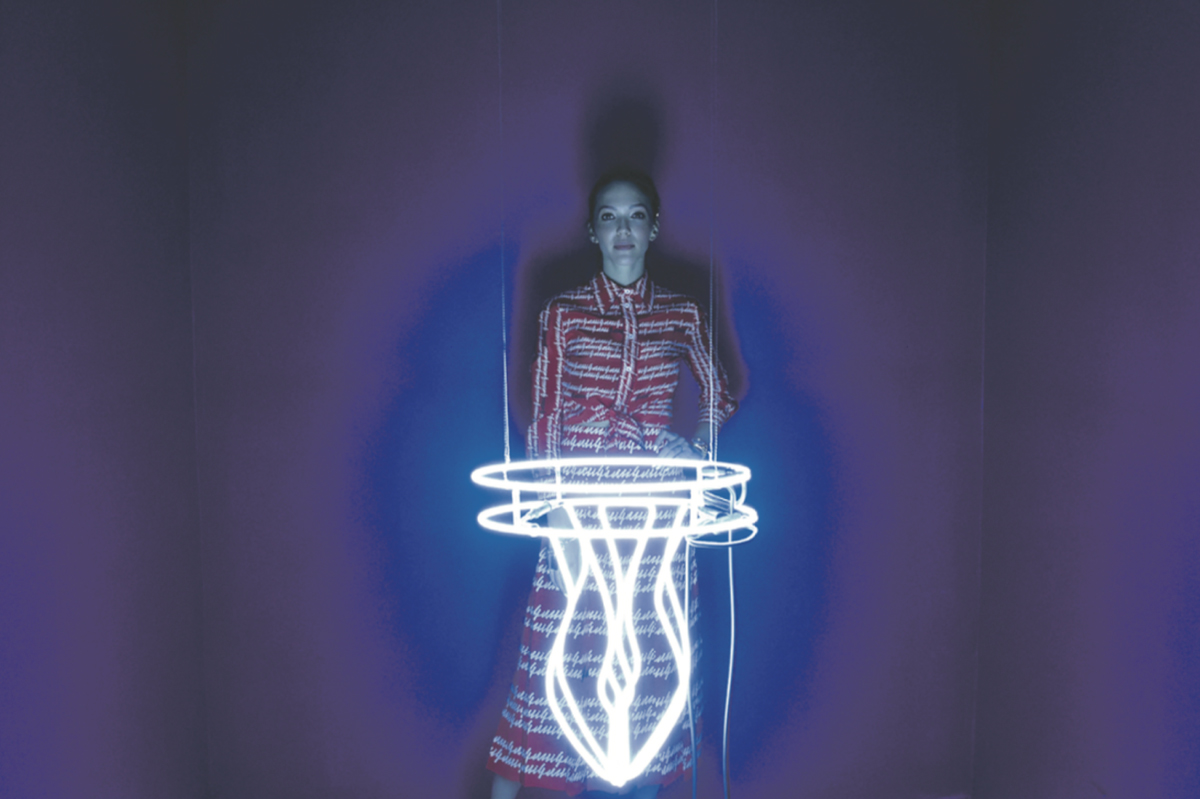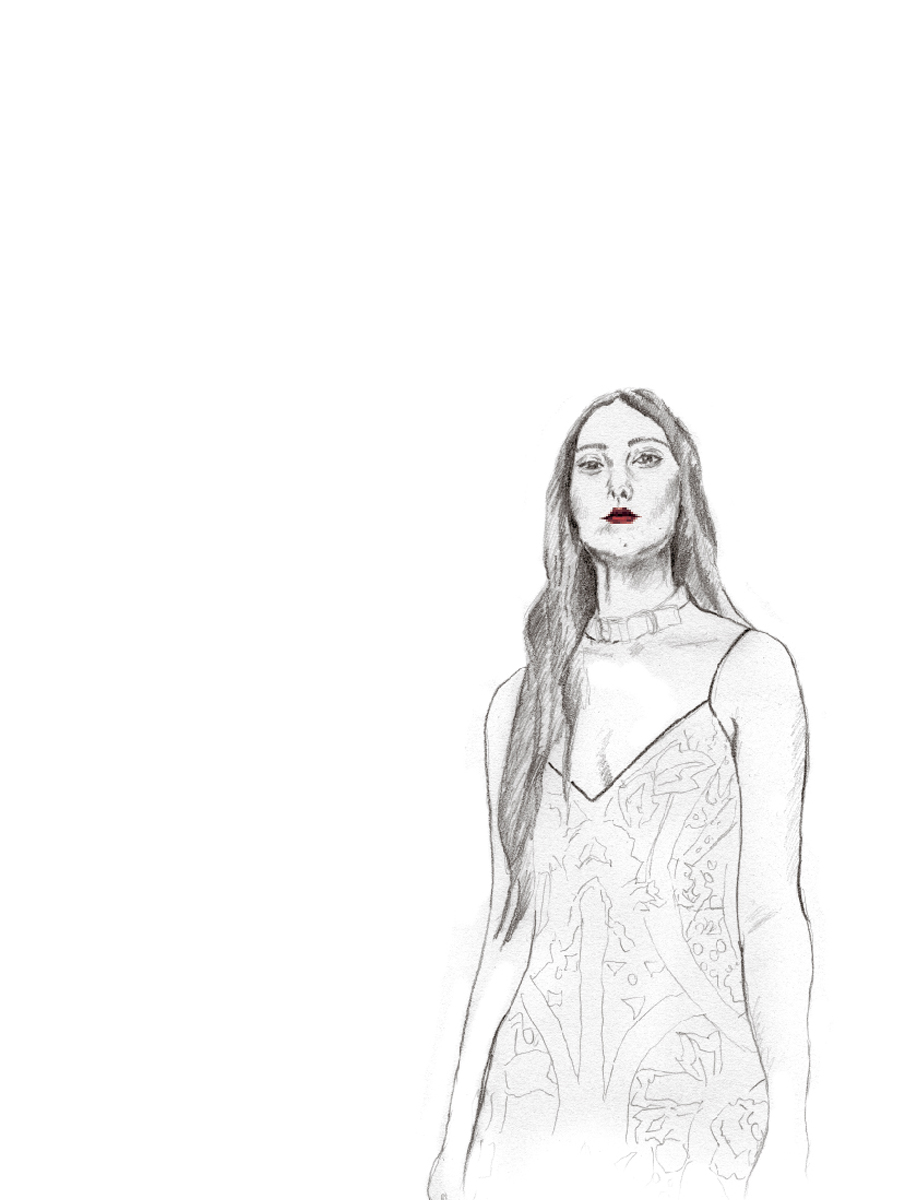
Global Issue
Global Issue: Editor’s Letter
Editor’s Letter
John Fraser
The Michelin-starred chef has a story to tell you through his cooking
Pundy’s Picks for Conscious Travel
Six tips for considered and conscious travel
Genmaicha Martini Recipe
The classic martini plus the health benefits of green tea
The Spread Love Project by Nicholas Konert
How Nicholas Konert’s rainbow heart design became an international icon
Wade Davis
Anthropology is the antidote to today’s nativism says the scholar and author
Carla Sozzani
The future of retail according to the founder of legendary concept store 10 Corso Como
The Art of Migration
The power of art to inspire empathy and social action
John Pawson
Zen Buddhism and minimalist purity drive the celebrated architect
Amy Duncan
As the CBD line Mowellens expands into skincare, its founder shares the personal story behind her company
Sila Sveta
Moscow’s favorite media studio finds the perfect balance between art and commerce
David de Rothschild
In his calls for environmental awareness, the modern explorer finds harmony between man and nature
Can Fashion Be Sustainable?
Shaping a better world through what you buy – or don’t
Brendon Babenzian
Supreme’s former creative director wants to end the cycle of consumption with his new brand Noah
Lily Kwong
Nature invades the urban jungle in the landscape designer’s expansive projects
House of Yes
Behind the scenes with the Bushwick nightlife collective promoting inclusivity and consent culture
Vivie-Ann Bakos
DJ Extraordinaire
Chez Dede
A medium in which two world-traveling, adventurous spirits absorb the globe’s vast curiosities and share them freely
Jesse Israel
A meditation guide for extraordinarily large groups
Liya Kebede
The Ethopian model, activist, and entrepreneur uses her label Lemlem as a force for change

Zoë Buckman
How the London-Born Artist Reappropriates Hip Hop for Female Empowerment
London-born artist Zoë Buckman comes from a long line of feminists; yet two of her earliest inspirations were Tupac Shakur and Biggie Smalls. Today, she explores this tension, and the rappers’ lyrics, in the series “Every Curve,” that aims to change the way society thinks and talks about women and their bodies. Her message is delivered through unexpected mediums: vintage lingerie embroidered with misogynist rhymes, and a glowing neon uterus and gynecological sculptures from the ongoing series “Mostly It’s Just Uncomfortable.” Fresh off her second solo exhibition in Los Angeles, I dropped by Buckman’s light-filled East Village studio, where she works and lives with husband David Schwimmer and their daughter Cleo.
PHOTO BY BFA
Why lingerie and hip hop?
I knew I wanted to make work about misogyny in rap lyrics. Specifically, I wanted it to focus on Biggie and Tupac, because they’re the two rappers I was obsessed with growing up.
I knew there was going to be something about the masculine meeting the feminine. What I was really taken with about vintage lingerie is that I would be able to present this idea of generations of women standing together, without actually depicting bodies. Then, also the quality of the lingerie, because it’s so floaty and fragile—I would be bringing in that female stereotype and challenging that as well.
And embroidery has played an ongoing role in the feminist canon…
Funnily enough, I was doing a lot of embroidery when I was 15–17. So when I was really listening to this music, I was doing a lot of sewing. On a personal level, it felt right.
Getting stoned and embroidering, I read…
[laughs] Exactly, yes.
In many ways, it’s beautiful how rappers construct their lyrics, leading to some of the most creative use of contemporary English. But then there’s the other side, which is violent and detrimental to women. So how do I reconcile being a feminist and liking rap?
That’s really what this work is: about that fight, that dialog, that struggle, and that conflict of the side of me that thinks it’s hysterical, so skilled, such a brilliant use of language, on par with Shakespeare, who was wildly inappropriate, very tongue in cheek, and very sexual. Biggie is a different incarnation of Shakespeare. At the same time, there’s a generation of women who are listening to this. How is that going to shape the way they feel? How’s it going to shape the way men feel about them? Which is arguably even more important.
Do you see rappers becoming more conscious in their lyrics in the future?
The treatment and attitude towards African-American men needs to change before we can expect a shift in the music that comes out of that community. If the people in power—the police, the judicial system—are seemingly helping keep these men down and telling them that they are intrinsically violent and naturally wrong, deviant, and should be feared, they’re going to make music to make people fear them. There needs to be that shift first, and then pop culture will change. But until that’s addressed, I don’t see it changing at all.
Your work doesn’t seem to address issues of identity. Was that a conscious choice?
It’s only since I moved out here and started making work here that my identity is something I get asked about a lot. There’s an assumption in the art world that I’m mixed raced. I’m not. I’m a Jewish white girl. But in the States, it’s almost the first thing people ask about. Whereas in London…I’m just a Londoner.
Your career is on an upward trajectory now. What dreams do you have for it looking ahead?
I would love to do something for everybody, out in the open, in the city. I want to make a giant speculum. I want to do it in Texas. Wouldn’t that be dope?
Art & Culture
The power of art to inspire empathy and social action
Zen Buddhism and minimalist purity drive the celebrated architect
Moscow’s favorite media studio finds the perfect balance between art and commerce
Behind the scenes with the Bushwick nightlife collective promoting inclusivity and consent culture
DJ Extraordinaire
A medium in which two world-traveling, adventurous spirits absorb the globe’s vast curiosities and share them freely
A meditation guide for extraordinarily large groups
Experiences
Moscow’s favorite media studio finds the perfect balance between art and commerce
In his calls for environmental awareness, the modern explorer finds harmony between man and nature
Behind the scenes with the Bushwick nightlife collective promoting inclusivity and consent culture
DJ Extraordinaire
Food & Drink
The Michelin-starred chef has a story to tell you through his cooking
Six tips for considered and conscious travel
Personalities
Style
The classic martini plus the health benefits of green tea
How Nicholas Konert’s rainbow heart design became an international icon
As the CBD line Mowellens expands into skincare, its founder shares the personal story behind her company
Nature invades the urban jungle in the landscape designer’s expansive projects
The Ethopian model, activist, and entrepreneur uses her label Lemlem as a force for change

